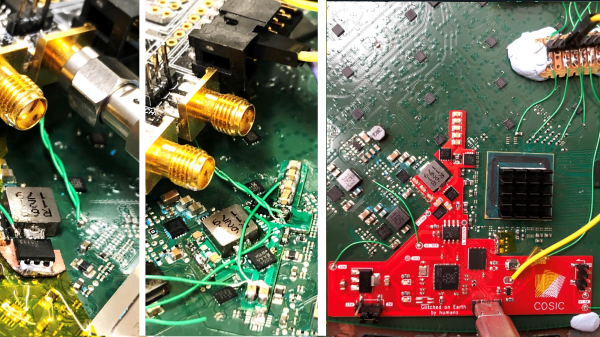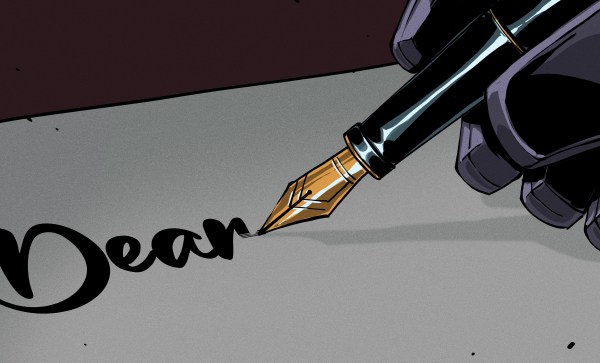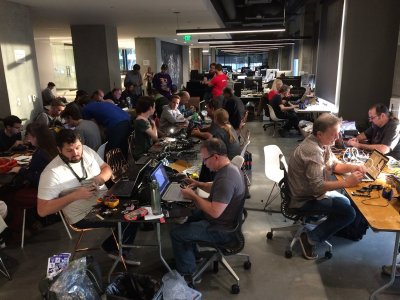While many of us were enjoying some time off for Thanksgiving, the US government took drastic action against Huawei and four other Chinese companies. The hardest hit are Huawei and ZTE, as the ban prevents any new products from being approved for the US market. The other three companies are Dahua and Hikvision, which make video surveillance equipment, and Hytera, which makes radio systems. FCC Commissioner Brendan Carr noted the seriousness of the decision.
[As] a result of our order, no new Huawei or ZTE equipment can be approved. And no new Dahua, Hikvision, or Hytera gear can be approved unless they assure the FCC that their gear won’t be used for public safety, security of government facilities, & other national security purposes.
There is even the potential that previously approved equipment could have its authorization pulled. The raw FCC documents are available, if you really wish to wade through them. What’s notable is that two diametrically opposed US administrations have both pushed for this ban. It would surely be interesting to get a look at the classified reports detailing what was actually found. Maybe in another decade or two, we can make a Freedom of Information Act request and finally get the full story.
Continue reading “This Week In Security: Huawei Gets The Banhammer, Lastpass, And Old Code Breaking”





















